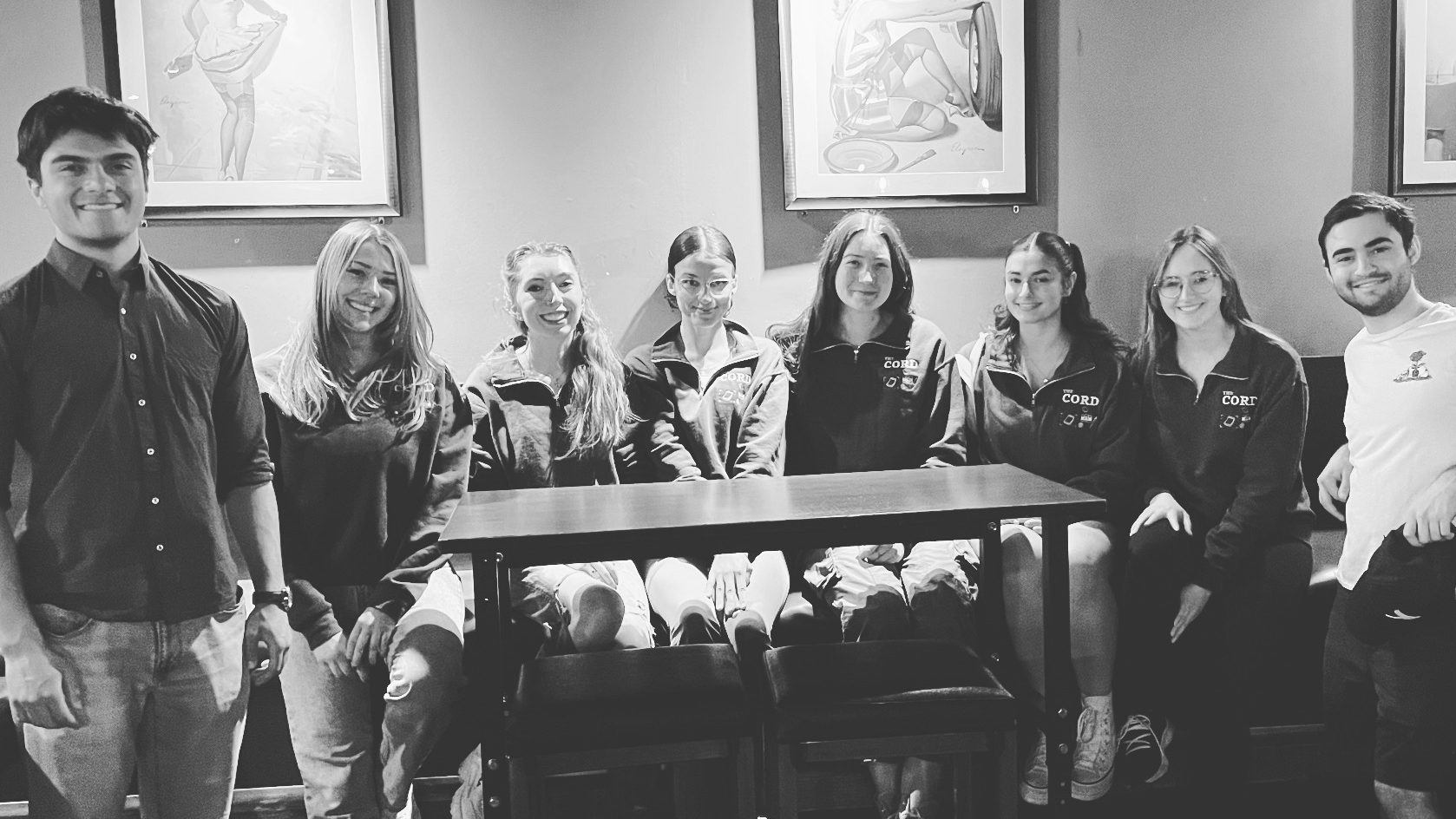On August 14, 2025, the much-awaited Superstar Rajinikanth starrer Coolie released worldwide with grand fanfare in five different languages. The date was not just another film release — it also marked the 50th year of Thalaivar (as he is fondly called by millions of fans) in cinema.
As an ardent fan myself, I’ve always been fascinated by this journey of how a bus ticket collector/conductor named Shivaji Rao Gaikwad went on to become “Thalaivar,” a global icon.
Born in 1950 into a modest Maharashtrian family in Bangalore, Shivaji displayed a natural flair and charisma even in his early years. He worked many jobs to support his family and later became a bus conductor in Bangalore, India. During this time, he also joined a theatre troupe, where his raw talent was quickly recognized. Encouraged by his peers and supported by his close friend Raja Bahadur, Shivaji enrolled in the Madras Film Institute. This decision marked the beginning of his cinematic journey — one that would eventually crown him as Thalaivar and Superstar Rajinikanth, a name synonymous with style, humility, and stardom.
During his institute days, he was noticed by veteran director K. Balachander, who introduced him as Rajinikanth in Apoorva Raagangal in 1975 and gave him several other iconic roles in his early career. Over the next decade, Rajinikanth became a star across many Indian film industries and released his 100th film, Sri Raghavendrar, in 1985.
In this initial decade, he starred in many iconic films such as Moondru Mudichu, Avargal, 16 Vayathinile, Bhuvana Oru Kelvi Kuri, Mullum Malarum, and Aval Appadithan. He also gained his position in commercial Tamil cinema with hits like Billa, Murattu Kalai, and Padikkadavan. Between 1983 and 1988, Rajinikanth made his Bollywood debut with Andhaa Kaanoon and appeared in the Hollywood production Bloodstone.
The rise of Rajinikanth during this post-colonial era is fascinating because he redefined the image of leading men in the Indian film industry. Unlike the stereotypical fair-skinned, groomed appearances of traditional heroes, Rajinikanth’s dark complexion and unkempt hair were unusual for the big screen. For many youngsters at the time, his journey to stardom and his looks were both relatable and inspiring, earning him millions of fans across the country. His humble and approachable off-screen persona further complemented his image.
When being honored by the Indian news channel NDTV in 2013 as one of India’s 25 living legends, he said: “Miracles do happen, you just need to believe in them. Here I am, an ordinary bus conductor, sharing the dais with the living legends of this country.”
What makes Rajinikanth a true Thalaivar is his authenticity. Even after 50 years of superstardom, he has not endorsed a single product, choosing instead to support public ventures and charity organizations such as the Tamil Nadu Eye Bank. In fact, during his campaign for eye donation, the number of volunteers who signed up exceeded the province’s requirement, a testament to the influence he continues to hold today. He has also spoke openly about his personal struggles with health due to smoking and alcoholism.
The actor has faced significant criticism throughout his career — from his film choices and acting style to his political views. In the late 1980s, he was even labeled “mentally ill,” leading to trolling and criticism that persist to this day. However, his resilience and longevity over these 50 years have earned him a loyal fan base across generations.






